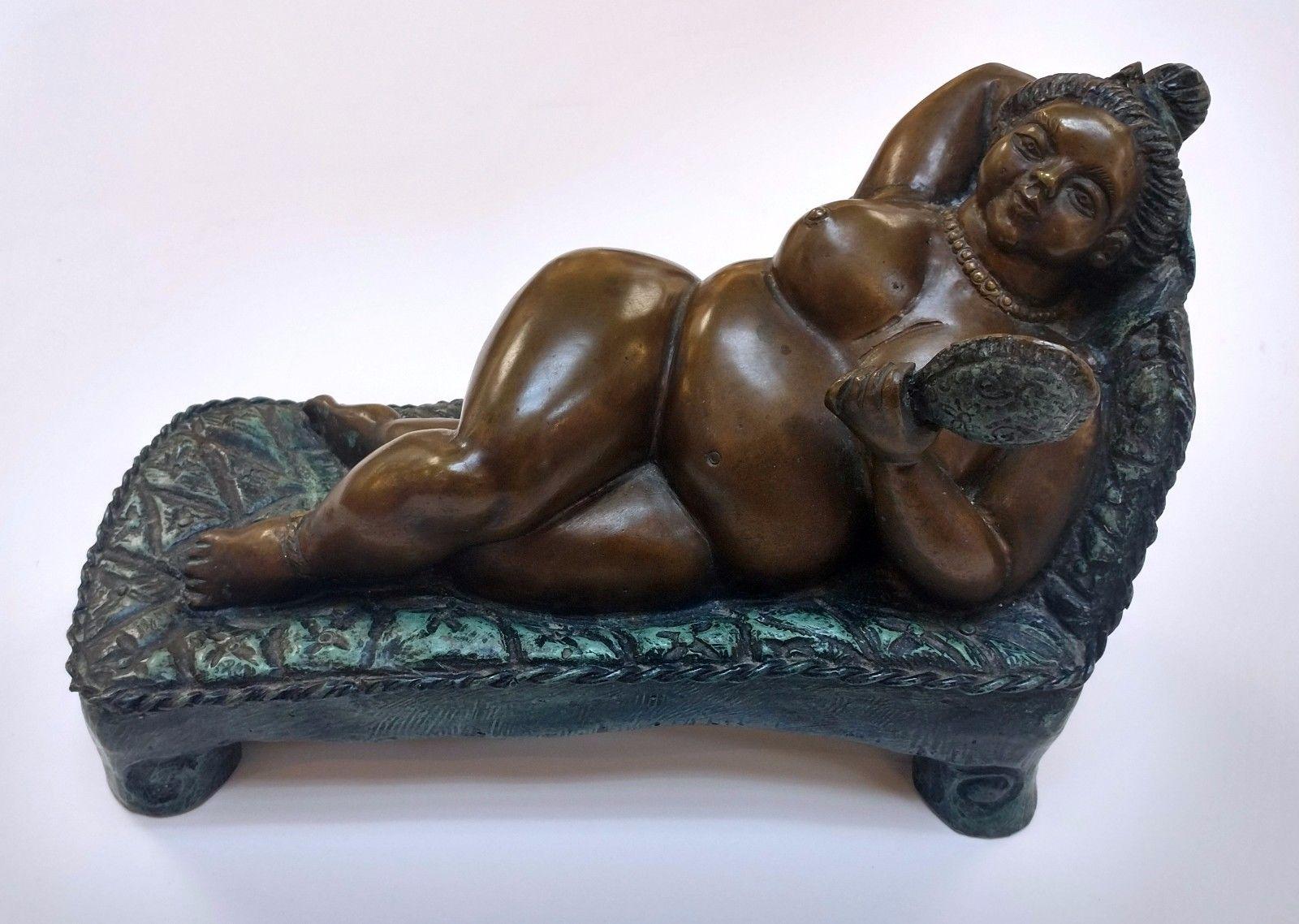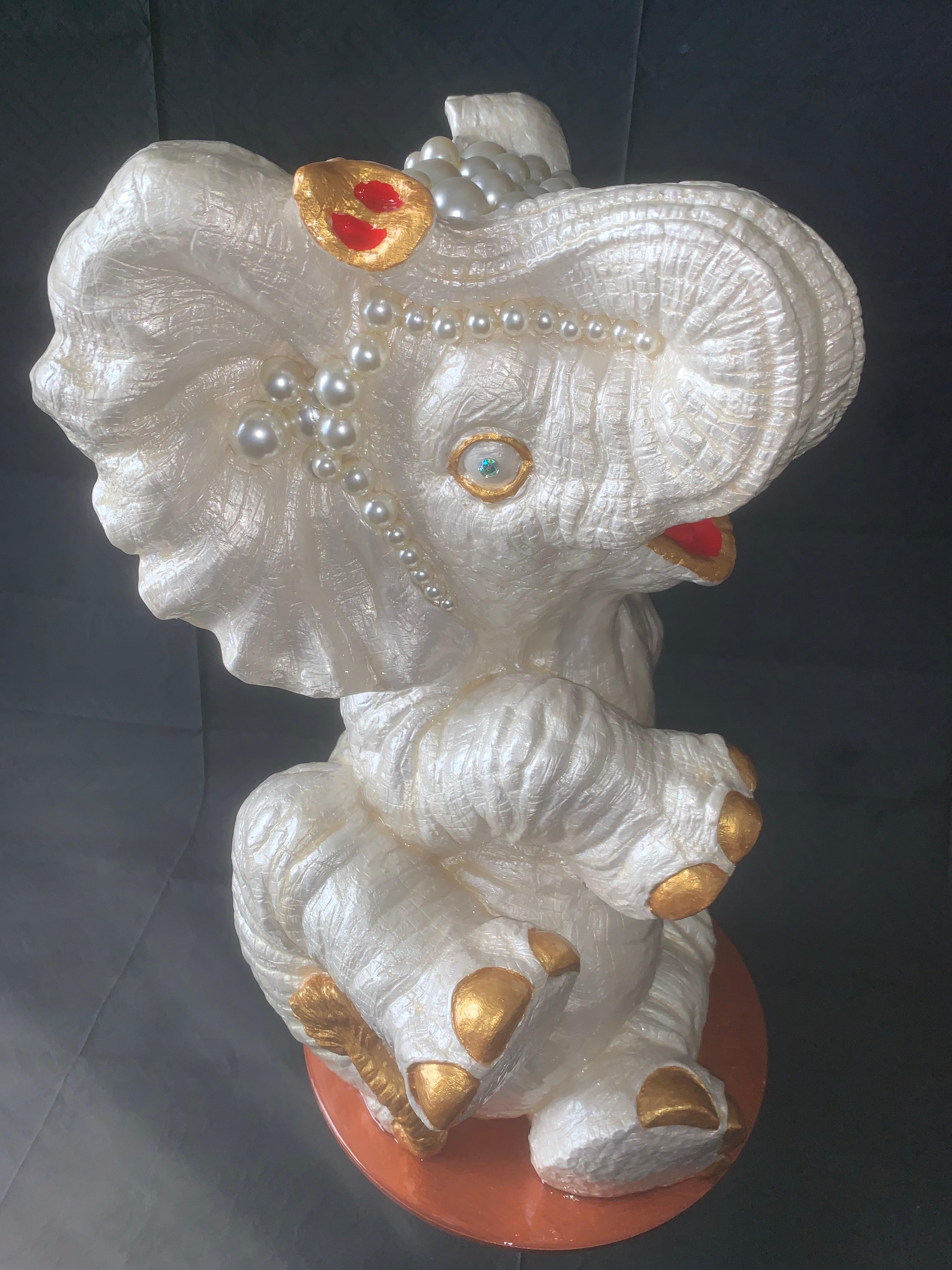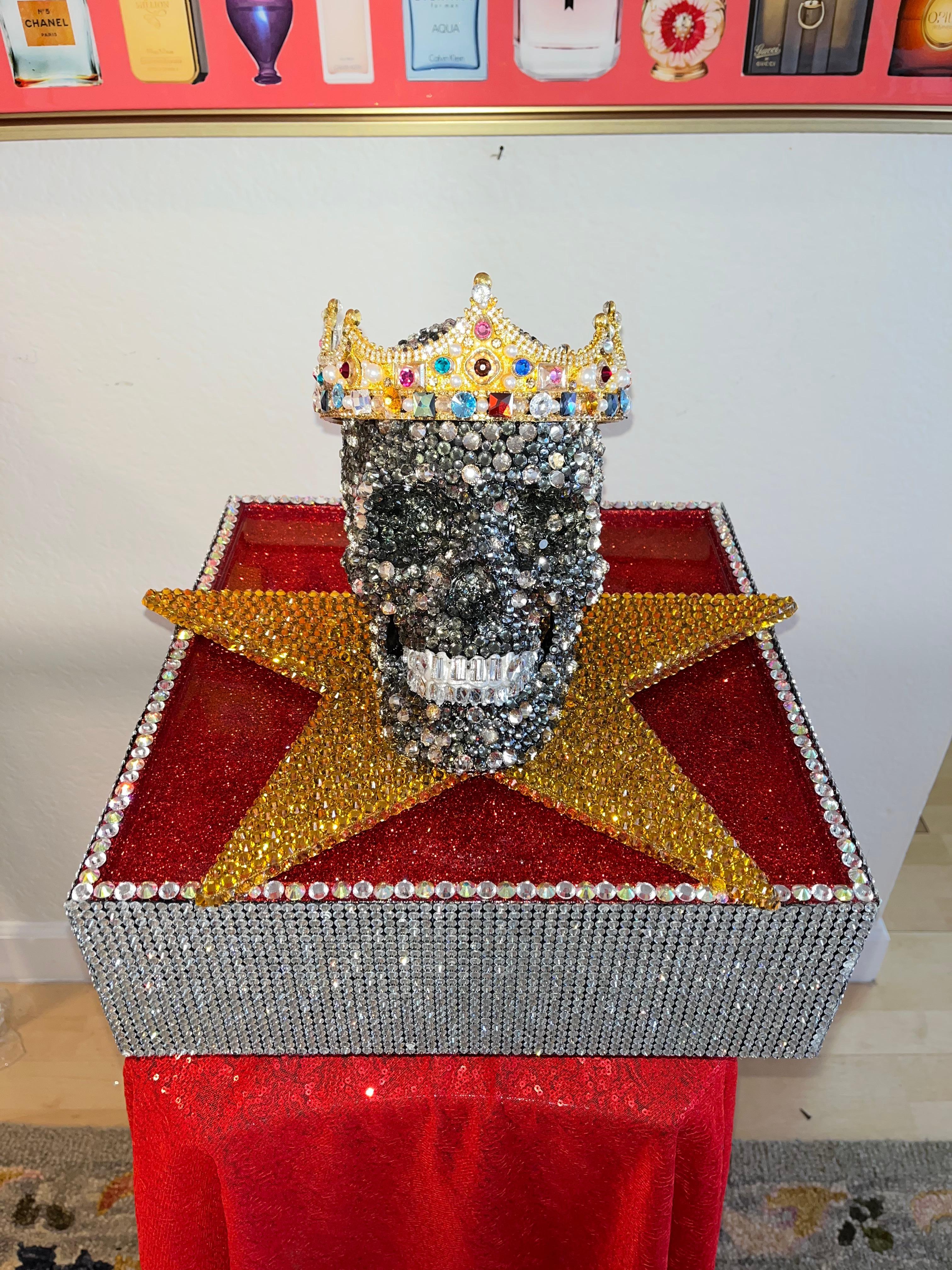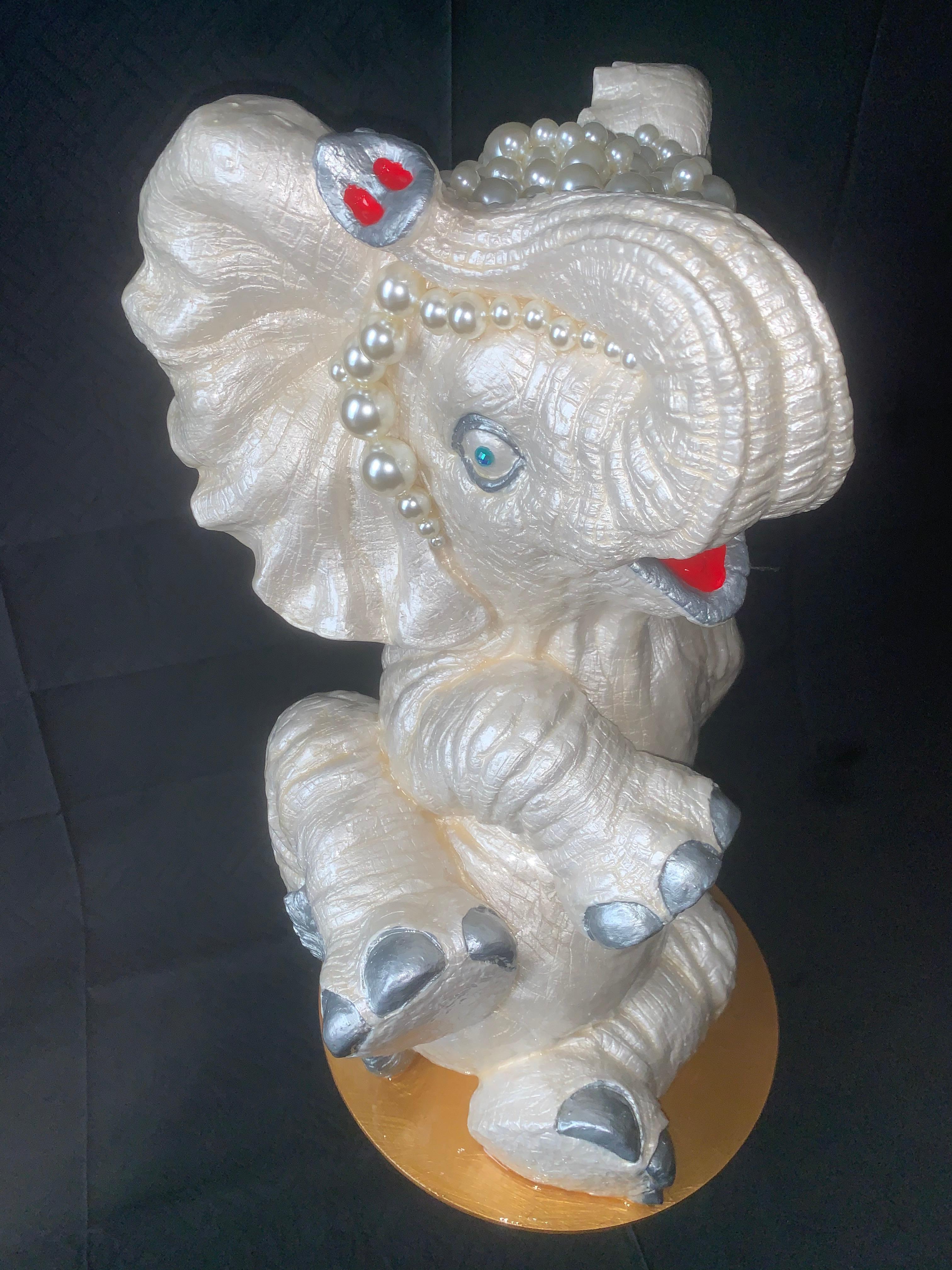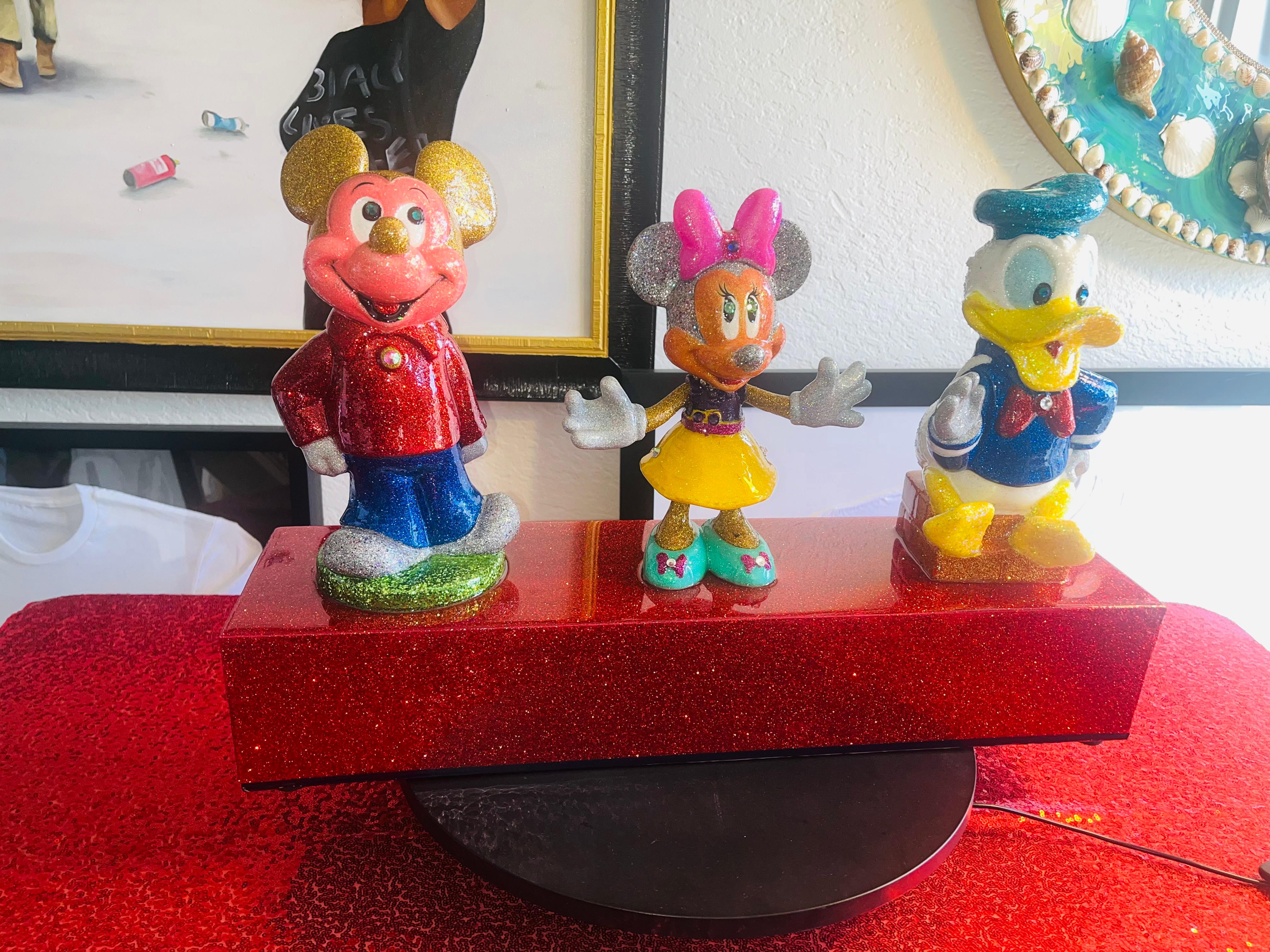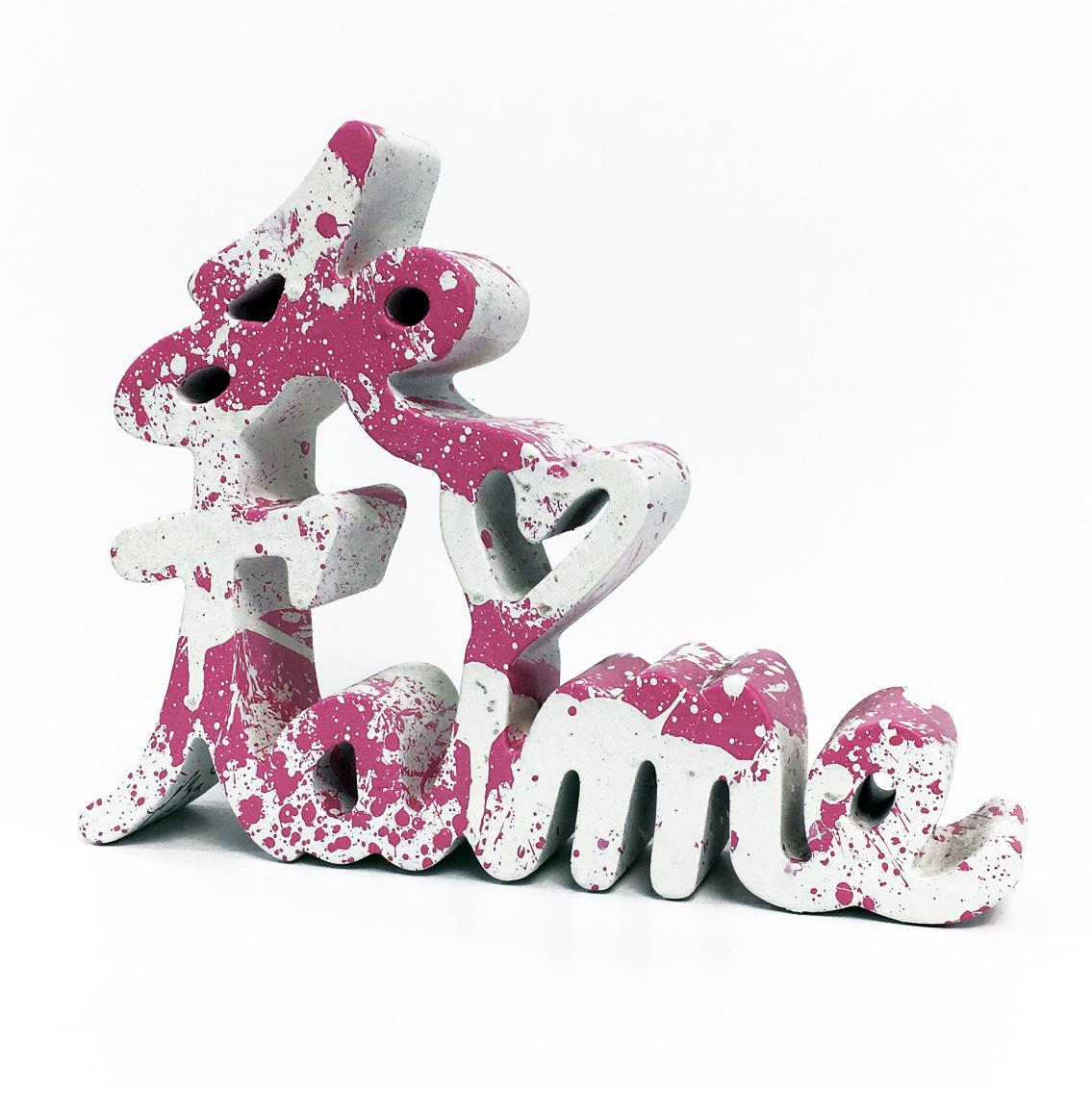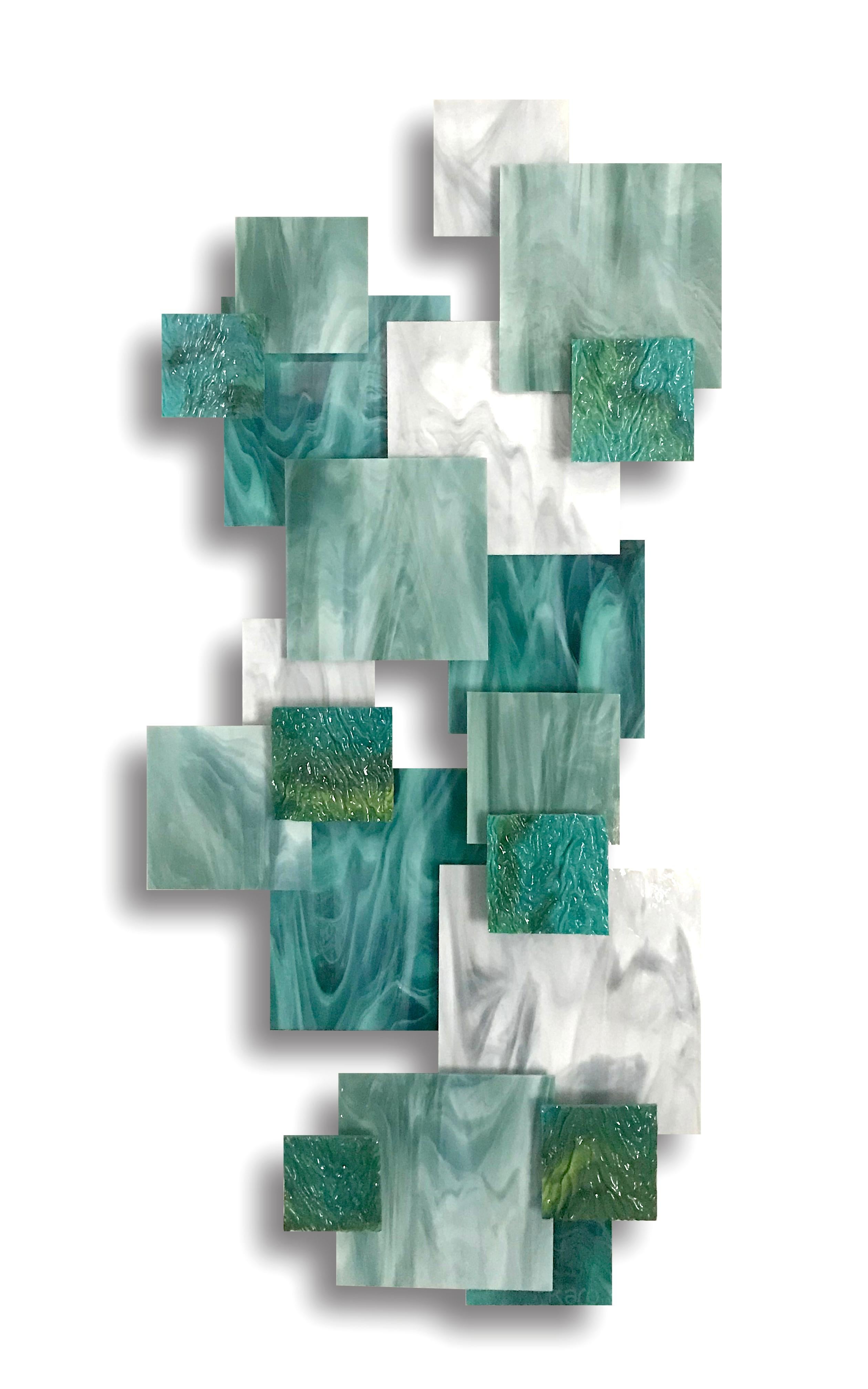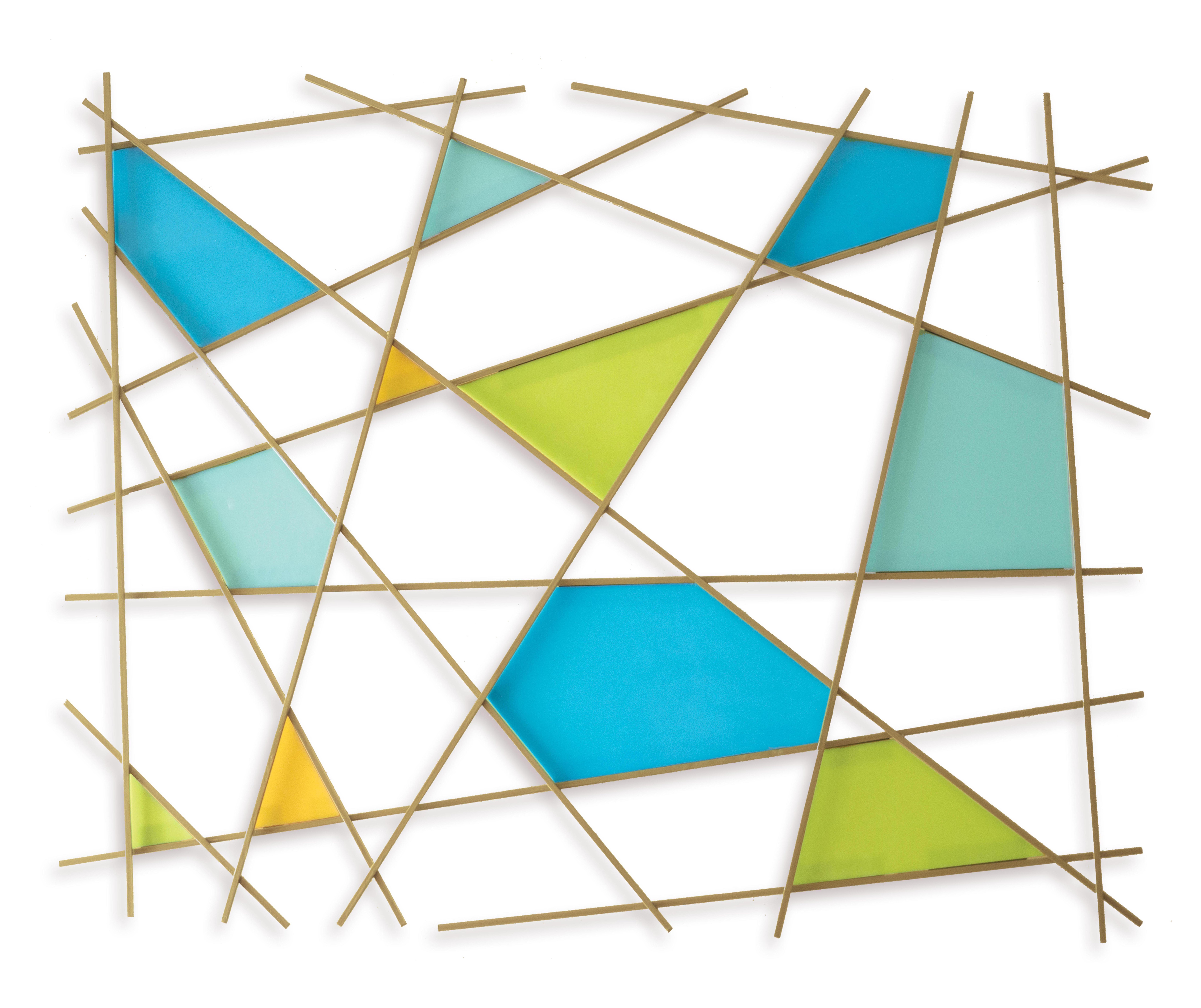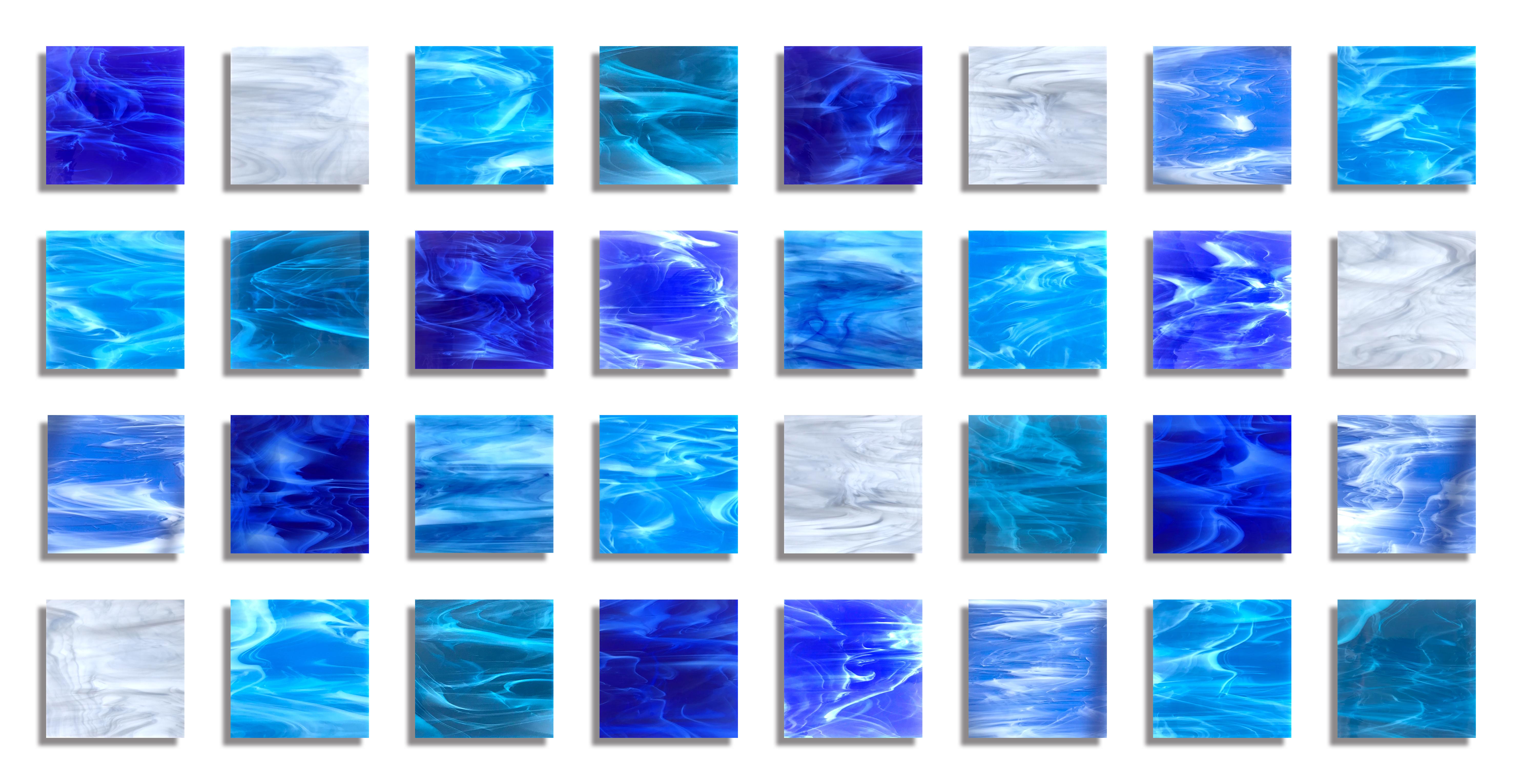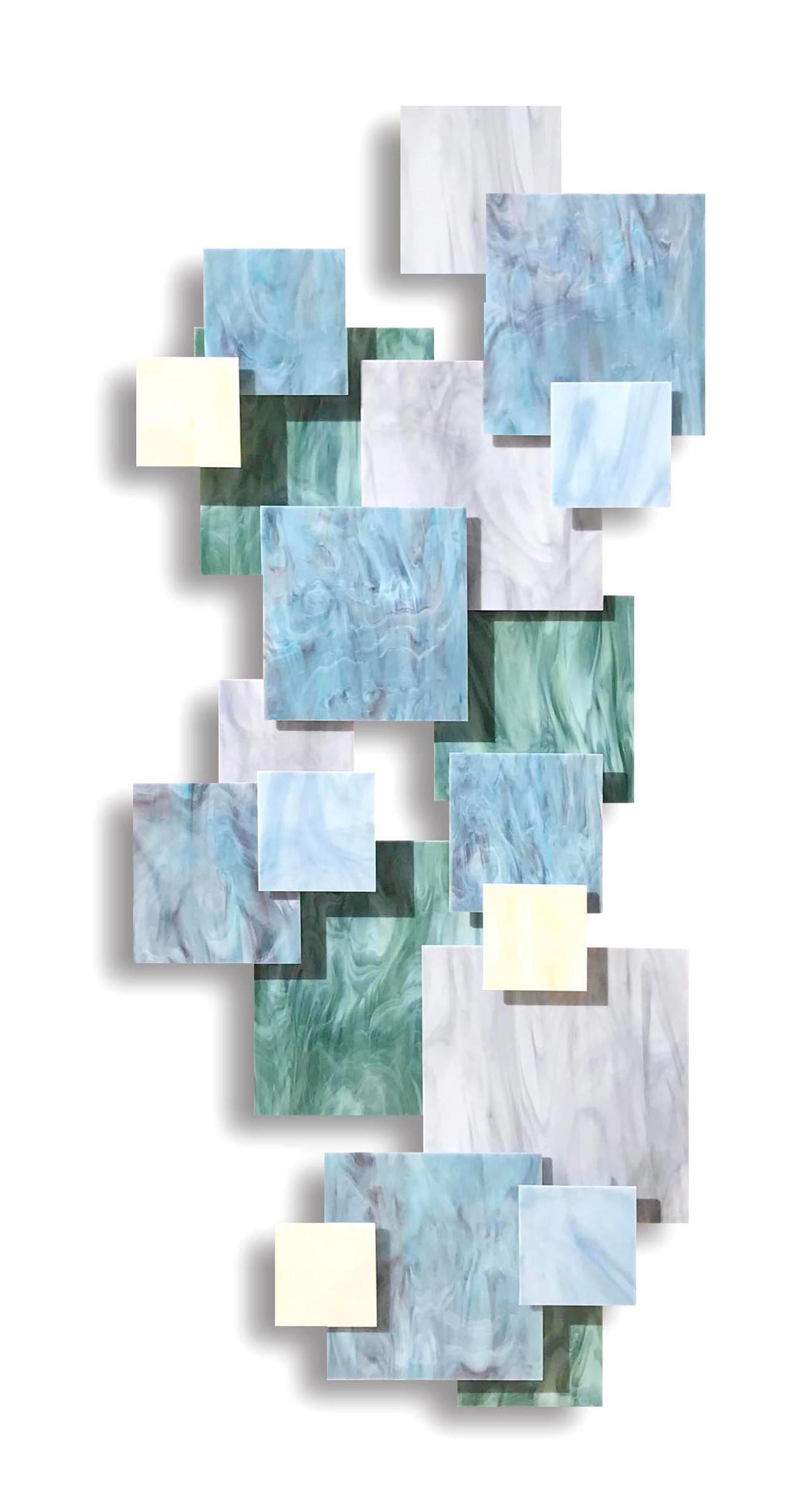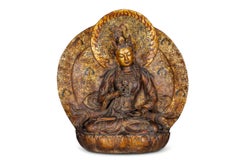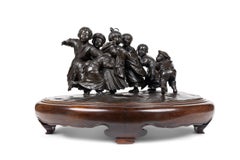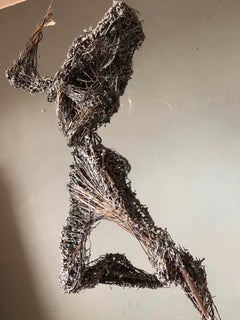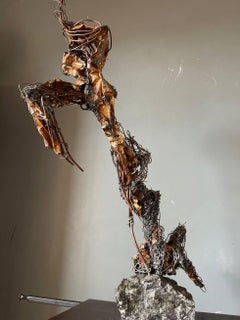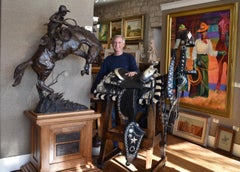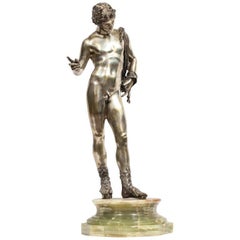
Large Rare Italian Silver Figure Statue of Narcissus, after the Antique
View Similar Items
Want more images or videos?
Request additional images or videos from the seller
1 of 19
Auction endedBrowse Current Auctions
UnknownLarge Rare Italian Silver Figure Statue of Narcissus, after the Antique1900
1900
About the Item
- Creation Year:1900
- Dimensions:Height: 26 in (66.04 cm)Width: 11 in (27.94 cm)Depth: 12 in (30.48 cm)
- Medium:
- Period:
- Condition:
- Gallery Location:New York, NY
- Reference Number:1stDibs: LU115124039522
About the Seller
5.0
Vetted Professional Seller
Every seller passes strict standards for authenticity and reliability
Established in 1980
1stDibs seller since 2019
13 sales on 1stDibs
Authenticity Guarantee
In the unlikely event there’s an issue with an item’s authenticity, contact us within 1 year for a full refund. DetailsMoney-Back Guarantee
If your item is not as described, is damaged in transit, or does not arrive, contact us within 7 days for a full refund. Details24-Hour Cancellation
You have a 24-hour grace period in which to reconsider your purchase, with no questions asked.Vetted Professional Sellers
Our world-class sellers must adhere to strict standards for service and quality, maintaining the integrity of our listings.Price-Match Guarantee
If you find that a seller listed the same item for a lower price elsewhere, we’ll match it.Trusted Global Delivery
Our best-in-class carrier network provides specialized shipping options worldwide, including custom delivery.More From This Seller
View AllA Monumental Gilt-Lacquered Bronze Ornamental Sculpture of Vajravidarana
Located in New York, NY
A Monumental Gilt-Lacquered Bronze Ornamental Buddha Sculpture of Vajravidarana:
A Masterpiece of Sino-Tibetan Craftsmanship, Late 19th Century, Qing Dynasty
This monumental gilt-lacquered bronze ornamental sculpture of Vajravidarana is an extraordinary and commanding piece of art, showcasing the pinnacle of Sino-Tibetan craftsmanship from the late 19th century. The figure of Vajravidarana, a powerful purification deity in Tibetan Buddhism, is meticulously sculpted to embody both spiritual authority and artistic excellence.
Vajravidarana is primarily known for his role in removing spiritual impurities and negativities. Unlike other deities associated with wisdom or compassion, Vajravidarana’s function is centered on purification and healing. He is typically depicted holding a vajra and a bell, symbolizing the cutting away of delusions and the resonance of divine truth. In this striking sculpture, Vajravidarana is shown holding a vishva vajra (the double vajra), a unique and powerful variation of the traditional iconography, which signifies ultimate protection and the dispelling of negative karma.
Vajravidarana: The Supreme Purifier and Protector
Vajravidarana is revered in Tibetan Buddhism as the deity of spiritual purification, called upon to cleanse practitioners of defilements and negative influences. His vajra represents the indestructibility of truth, while his bell signifies the wisdom that resonates through purification rituals. In this sculpture, the presence of the vishva vajra, or double vajra, enhances his association with supreme protection, ensuring the destruction of all spiritual obstacles and afflictions.
The figure’s powerful yet composed expression conveys a sense of unwavering resolve and divine authority. His posture, along with the carefully sculpted details of his robes and ornaments, highlights his function as a guardian against impurity. The inclusion of the vishva vajra rather than the usual single vajra reinforces his role as a supreme protector, capable of dispelling all forms of negativity and restoring balance.
Symbolism of the Mantras and Aureole:
Unlike deities that embody wisdom through duality, Vajravidarana’s iconography is centered on purification and exorcism. The aureole surrounding him is inscribed with sacred purification mantras rather than depictions of a consort. These mantras emphasize his function as a remover of obstacles and impurities, reinforcing his role in Buddhist healing rituals.
The presence of the sacred inscriptions elevates the sculpture’s spiritual significance, making it a focal point for meditation and ritual purification. Practitioners often visualize Vajravidarana radiating purifying light, dissolving afflictions and negative karma. This theme is mirrored in the sculptural repetition of the purification symbols on the aureole, reinforcing the deity’s role as a divine cleanser.
Gilt-Lacquered Bronze: The Artistry of Sino-Tibetan Metalwork:
The craftsmanship of this monumental figure reflects the expertise of late 19th-century Sino-Tibetan metalwork, where traditional Tibetan themes were infused with Chinese artistic sensibilities. Cast in bronze and finished with a rich gilt lacquer, the statue has an otherworldly glow, giving it an ethereal, almost divine presence. The gilding process—applied with exceptional skill—gives the sculpture a striking luminosity that enhances the fine details of the facial features, flowing robes, jewelry, and other elements of the deity’s attire.
The technique employed to create this figure speaks to the high level of craftsmanship that flourished during the late Qing Dynasty and early modern Tibetan art. The ornate details of the robes and the fine texture of the sculpture highlight the exceptional skill of the artisans who brought this work to life. The use of gold and lacquer not only reflects the preciousness of the sculpture but also its spiritual significance as an object meant to inspire reverence and meditation.
An Ornamental Sculpture of Monumental Scale:
Unlike smaller devotional objects, this sculpture is designed as an ornamental masterpiece, intended to make a grand visual and spiritual statement. Its monumental size allows it to dominate any space, offering a commanding presence that is both physically and symbolically impressive. In Buddhist practice, large sculptures of this nature are often placed in temples or meditation halls, where their imposing size and serene presence would encourage contemplation and devotion.
The grand scale of the statue further amplifies the spiritual power it is meant to convey. As a representation of Vajravidarana, it is not only a physical object of beauty but also a conduit for meditation, purification, and enlightenment. The scale of the sculpture also emphasizes the divine stature of the deity, highlighting his importance in the Buddhist tradition as the ultimate force for spiritual cleansing and protection.
Provenance:
Acquired in China in circa 1900
1905 Private Buddhist Temple, Northeast, USA
Private Sale
Solomon Treasure...
Category
19th Century Figurative Sculptures
Materials
Bronze
A Monumental Patinated Bronze Bust of Jesus Christ by Clesinger and Barbedienne
By Ferdinand Barbedienne
Located in New York, NY
A Monumental and Truly Exceptional French Patinated Bronze Bust of Jesus Christ, Circa 1858, Signed J. Clesinger, Rome 1858 & F. Barbedienne Fondeur
This monumental and extraordinar...
Category
19th Century Figurative Sculptures
Materials
Bronze
A Large and Exceptional Japanese Meiji Period Tokyo School Bronze Sculpture
Located in New York, NY
Presenting an extraordinary Large and Exceptional Japanese Meiji Period Tokyo School Bronze Sculpture depicting a delightful ensemble of six energe...
Category
19th Century Figurative Sculptures
Materials
Bronze
Le Garde Du Harem, A Monumental Orientalist Bronze Sculpture by G. Coudray
By Georges Charles Coudray
Located in New York, NY
Le Garde Du Harem, "The Harem Guard" A Monumental Orientalist Patinated Bronze Sculpture by Georges Charles Coudray (French, 1862-1932)
Le Gar...
Category
19th Century Figurative Sculptures
Materials
Bronze
An Exceptional Life-Size Middle Eastern Gold-Inlaid Steel Deer Sculpture
Located in New York, NY
An Exceptional Life-Size Middle Eastern Gold-Inlaid Steel Deer Sculpture
This extraordinary life-size Middle Eastern deer sculpture exemplifies the pinnacle of artistic craftsmanshi...
Category
20th Century Figurative Sculptures
Materials
Steel
A Rare Gilt and Patinated Bronze Jockey on A Horse, circa 1875
By Isidore Jules Bonheur
Located in New York, NY
Isidore-Jules Bonheur (French, 1827–1901)
A Rare Gilt and Patinated Bronze Jockey on A Horse, circa 1875.
Introducing a truly exceptional and highly so...
Category
19th Century Figurative Sculptures
Materials
Bronze
You May Also Like
"Inspiration"
Located in Edinburgh, GB
Masculine inspiration can take many forms and looks different depending on the individual, his personality, energy, and emotional state. But generally speaking, masculine inspiration...
Category
21st Century and Contemporary Abstract Abstract Sculptures
Materials
Metal, Iron, Silver, Copper
"I am your Sun, you are my Earth"
Located in Edinburgh, GB
He and She reach for manifestation. He opens the way, She holds the foundation, grounds. He is spirit, She is matter. He is gold, She is silver. They are in the harmony of Creativity...
Category
21st Century and Contemporary Abstract Abstract Sculptures
Materials
Metal, Silver, Iron
EDWARD BOHLIN 1940s 1950s SILVER MOUNTED PARADE SADDLE HOLLYWOOD WESTERN ARTIST
By Edward H. Bohlin
Located in San Antonio, TX
Edward Bohlin silver mounted parade saddle. Black Leather. Great Bohlin Stamp. Cowboy Saddle, Western Saddle. 1940s 50s one of his most desirable periods. Bohlin of Hollywood California. He made all of the saddles and other related western gear for the movies but mostly to ride in the "Tournament of Roses Parade" Rosebowl in California. The Corona was custom made using the original Corona as the sample to copy. Here is a little provenance on this saddle:
This is a rare saddle. We think there were only five made. They were marketed to Texas Buyers when in reality there wasn't a big market in Texas. The majority of these works of art were mostly purchased by California buyers.
This saddle was formerly owned by L.D. Brinkman. After his death it was acquired by a friend of mine. I purchased it from him Jan. 1, 2024, and sold it to one of my good friends and customer Jan. 3, 2024. Sadly, he recently passed away and the saddle is on the market again.
This Saddle is depicted in the Bohlin Catalog "The Lone Star Saddle"
Lloyd Donald Brinkman (1929 – July 4, 2015) was an American businessman, cattle breeder, civic leader and art collector. He was the owner of "the largest floor covering distributor in the US," and 350 pizza parlors with Gatti's Pizza. He bred Brangus cattle, and he was a significant collector of Western art.
Brinkman was born in 1929 in near Dagmar in Sheridan County, Montana. His grandparents were Danish immigrants who became homesteaders in the county.
Brinkman graduated from Pascagoula High School in Pascagoula, Mississippi. He attended Pearl River Community College, and he graduated from the University of Southern Mississippi, where he earned a bachelor's degree in marketing in 1952.
Brinkman initially worked in the flooring industry, even starting his own business in Dallas, Texas in 1960. It eventually became "the largest floor covering distributor in the US." Brinkman was also the owner of Gatti's Pizza, which operated 350 restaurants by the time he sold the business for $24 million in 2004.
Brinkman was also a breeder of Brangus cattle.
Brinkman was a co-founder of the Museum of Western Art in Kerrville. He served on the board of directors of the National Cowboy & Western Heritage Museum. He also served as the chairman of the public utility board of Kerrville, Texas. He was honored as the "Citizen of the Year" by the Kerrville Area Chamber of Commerce in 1984.
Brinkman was a collector of Western art. He owned paintings by American artists like Joe Beeler, E. Irving Couse, Frank Tenney Johnson, Gerald Harvey Jones, Robert Lougheed, Howard Terpning, and Olaf Wieghorst.
Brinkman was married seven times. He had a son, L.D. "Don" Brinkman Jr., and a daughter, Pamela Brinkman Stone.
Brinkman died on July 4, 2015.
Biography of Edward Bohlin
Edward Bohlin (1895-1980)
Edward H Bohlin Company (Established 1920)
Saddlery-Saddle Maker
1895-1980
Born in Sweden
Hollywood, CA.
Born in Sweden in 1895, Edward Bohlin ran away from home at age 15, working his way to America on a huge four-mast schooner with dreams of Buffalo Bill Cody's Wild West in his head. Ed worked cattle drives around Montana before opening his first saddle shop in Cody, Wyoming where he did rope tricks in front of his shop to draw business. He met Tom Mix while performing at the Pantages Theatre in Hollywood and Mix convinced Ed to stay and produce silver and leather items in the Los Angeles area. From his humble beginnings to his fame in Hollywood for high-end pieces, Ed crafted more than 12,000 Bohlin saddles...
Category
1940s Realist More Art
Materials
Silver
EDWARD BOHLIN 1940s 1950s SILVER MOUNTED PARADE SADDLE HOLLYWOOD WESTERN ARTIST
By Edward H. Bohlin
Located in San Antonio, TX
Edward Bohlin silver mounted parade saddle. Black Leather. Great Bohlin Stamp. Cowboy Saddle, Western Saddle. 1940s 50s one of his most desirable periods. Bohlin of Hollywood C...
Category
1940s Realist More Art
Materials
Silver
EDWARD BOHLIN 1920s-1930s SILVER ART PARADE SADDLE HOLLYWOOD WESTERN ARTIST VAIL
By Edward H. Bohlin
Located in San Antonio, TX
Circa Late 1920s - Early 1930s. It is all Bohlin made and marked to include the saddle, the headstall and the breast collar. All made in Hollywood California. The only non-Bohlin ite...
Category
1930s Realist More Art
Materials
Silver
KIng David with Harp
By Hana Geber
Located in Surfside, FL
American sculptor Hana Geber (1910 - 1990)
She was born in Prague of Czechoslovakian heritage and eventually settled in New York. Her sculptures deal with Jewish themes...
Category
20th Century Modern Figurative Sculptures
Materials
Marble, Silver
